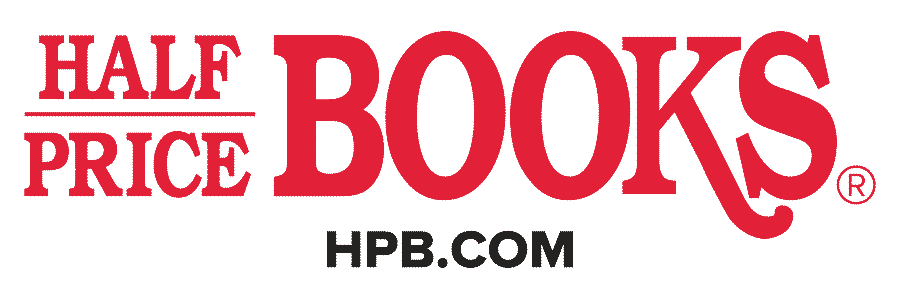Literacy Learning for Infants, Toddlers, and Preschoolers: Key Practices for Educators
by Wright, Tanya S.
Availability:
$14.99
Used
-
Trade Paperback
-
9781952331084
Overview
Overview
Literacy learning begins at birth and continues throughout our
lives. From infants' curiosity for touching books to preschool children's
growing understanding that spoken words are represented by text on a page,
young children are little literacy
learners!
The goal of this book is to help educators support young
children's literacy learning in ways that make sense for their age and stage of
development through learning opportunities for young children that build the
foundation for reading and writing. It focuses specifically on the ways that
early childhood educators can help to foster young children's literacy
development. The authors explain the latest research on supporting early
literacy for infants, toddlers, and preschool children and how early childhood
educators can implement these practices with young children. The authors discuss five
important areas for young children's language and literacy development and highlight
ten core practices of early childhood educators that support these five areas.
The practices represent important ways that early childhood educators can
ensure that they are supporting our little literacy learners.
Five Important Areas of Language and Literacy Development 1.
Language
and conceptual knowledge 2. Print concepts 3. Phonological awareness 4. Writing development 5. Listening comprehension and viewing
comprehension Ten Core Practices for
Early Childhood Educators 1. Knowing. The authors build professional knowledge, such
as why the letter W is so tough for
young children or how children's writing develop over time. 2. Designing.
Offers examples of how
early childhood educators can design learning opportunities to foster children's
literacy development. 3. Inviting
& engaging. Suggested
strategies for inviting and engaging children, such as materials to include in
the classroom environment and techniques for maintaining children's attention
during read aloud. 4. Including.
Discusses ways we can
include children, whether by selecting texts for read alouds that reflect
children's cultural backgrounds or building on children's interests when
designing literacy-enriched dramatic play centers. 5. Explaining.
Provides guidance about
when and how to explain ideas to children, offering sample teacher language for
readers to consider. 6. Showing. Illustrates how to model specific practices for
children, from modeling for infants and toddlers how to handle a book to
modeling for preschoolers how to compose text. 7. Playing. Discussions on how to use the power of play to
support the aspect of literacy development featured in that chapter. 8. Transitioning.
Discussions on how to use
literacy activities to support transitions and how to use transition times to
support literacy development. 9. Observing. Suggested foci for observation as well as
informal assessment tools that can be used in that area. 10. Responding.
Identifies specific ways to
respond to children's interactions with print, such as the extension and
elaboration of oral language and the scaffolded writing technique for
supporting children in rendering what they want to say in print.
lives. From infants' curiosity for touching books to preschool children's
growing understanding that spoken words are represented by text on a page,
young children are little literacy
learners!
The goal of this book is to help educators support young
children's literacy learning in ways that make sense for their age and stage of
development through learning opportunities for young children that build the
foundation for reading and writing. It focuses specifically on the ways that
early childhood educators can help to foster young children's literacy
development. The authors explain the latest research on supporting early
literacy for infants, toddlers, and preschool children and how early childhood
educators can implement these practices with young children. The authors discuss five
important areas for young children's language and literacy development and highlight
ten core practices of early childhood educators that support these five areas.
The practices represent important ways that early childhood educators can
ensure that they are supporting our little literacy learners.
Five Important Areas of Language and Literacy Development 1.
Language
and conceptual knowledge 2. Print concepts 3. Phonological awareness 4. Writing development 5. Listening comprehension and viewing
comprehension Ten Core Practices for
Early Childhood Educators 1. Knowing. The authors build professional knowledge, such
as why the letter W is so tough for
young children or how children's writing develop over time. 2. Designing.
Offers examples of how
early childhood educators can design learning opportunities to foster children's
literacy development. 3. Inviting
& engaging. Suggested
strategies for inviting and engaging children, such as materials to include in
the classroom environment and techniques for maintaining children's attention
during read aloud. 4. Including.
Discusses ways we can
include children, whether by selecting texts for read alouds that reflect
children's cultural backgrounds or building on children's interests when
designing literacy-enriched dramatic play centers. 5. Explaining.
Provides guidance about
when and how to explain ideas to children, offering sample teacher language for
readers to consider. 6. Showing. Illustrates how to model specific practices for
children, from modeling for infants and toddlers how to handle a book to
modeling for preschoolers how to compose text. 7. Playing. Discussions on how to use the power of play to
support the aspect of literacy development featured in that chapter. 8. Transitioning.
Discussions on how to use
literacy activities to support transitions and how to use transition times to
support literacy development. 9. Observing. Suggested foci for observation as well as
informal assessment tools that can be used in that area. 10. Responding.
Identifies specific ways to
respond to children's interactions with print, such as the extension and
elaboration of oral language and the scaffolded writing technique for
supporting children in rendering what they want to say in print.
- Format: TradePaperback
- Author: Wright, Tanya S.
- ISBN: 9781952331084
- Condition: Used
- Number Of Pages: 144
- Publication Year: 2022
Language:
English

